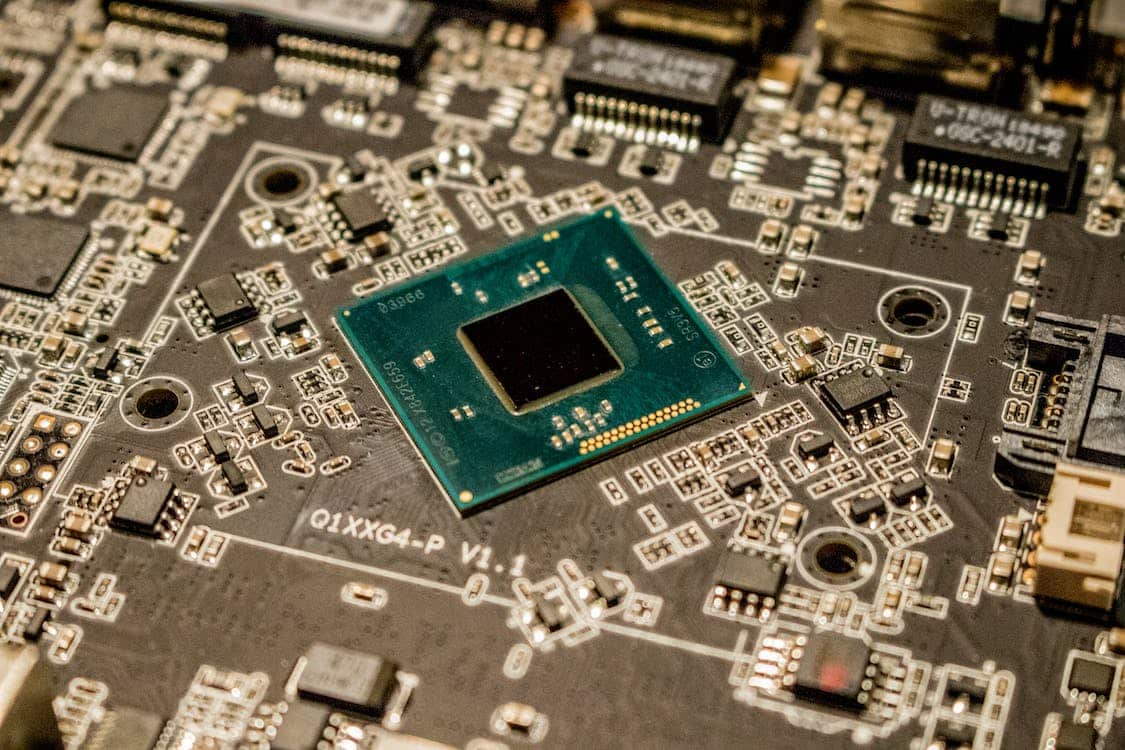IPO for Deep Tech: Pros & Cons
Could an IPO be the game-changer your deep tech startup needs to reach new heights? An Initial Public Offering (IPO) represents a pivotal moment for any company, especially for deep tech startups.

The entire deployment and growth of edge devices in the IoT market are primarily driven by developing suitable and capable next-generation energy harvesting-enabled power management ICs (EH-PMIC). For IoT edge devices two functions determine their autonomy and with that, their successful deployment: (1) connectivity and (2) power. Regarding connectivity, the initial focus was on short-range; and sufficient progress has been made to also consider the impact of power. Ultra-low-power radio connectivity has been developed such as BLE-5.0 & Zigbee-Green Power or the EnOcean standard. The resultant relaxing of the power constraints for such IoT devices enables an opportunity of applying energy harvesting for the lifetime autonomous operation of certain applications. For wide-range IoT edge devices, the connectivity has made some important steps but power autonomy has been lagging. This does not automatically mean that wide-range requires always more power. The duty cycle (how often the device communicates and for how long) is a key determining factor in this.
The second generation, GEN 2.0, PMICs addressing the phenomenon of micro energy harvesting, appeared around 2018. These energy-harvesting PMICs, such as those from Nowi Energy, were starting to address the lack of power autonomy for this category of IoT edge devices. However, these GEN2.0 PMICs were merely looking at a specific energy harvester and not looking beyond the boundaries of that specific problem. The next generation of energy-harvesting PMICs, GEN 3.0, will have to look at the full picture that enables the widest range of autonomous IoT edge devices. That full picture requires the development of PMICs from the perspective of their total role: as the spider-in-the-web, at the heart of the system. For the PMIC this requires not just the development of a flexible energy-harvesting interface technology but also other key technologies such as MPPT (Maximum Power Point Tracking – focus on energy storage, charging and discharging), cold start, and a flexible load communication protocol to create the ability to prioritize specific operations of the edge device based on the energy available (load-based considerations). Without that full scope, further development of the market for wide-range IoT edge devices will be constrained.
The entire deployment and growth of edge devices in the IoT market are primarily driven by developing suitable and capable next-generation energy harvesting-enabled power management ICs (EH-PMIC). The current generation of EH-PMICs (GEN 2) is focused on connecting to energy harvesters and managing energy storage. The next generation (GEN 3) will be at the forefront of driving the lifetime autonomy of a deployed edge device and will be determined by the edge device’s component lifetime rather than by battery life. The EH-PMIC’s role evolves from just managing the harvester(s) and the storage of energy to, critically, the management and distribution of that energy to enable full functionality of the edge device. This area of attention and innovation will drive GEN 3 into GEN 4. It requires the development of a standardized interface and protocol, the EH-PMIC’s load interface. It will allow the EH-PMIC to understand the fundamental power requirements of the edge device, related functions, and priorities. Only when properly “configured” can the EH-PMIC perform its essential role. Standards are a catalyst for growth. We see this, for example, in what the CAN bus accomplished for the automotive electronics market and what GSM accomplished for the mobile phone market. Standardizing the load interface is the essential development of the energy harvesting PMIC GEN 3 roadmap.
Could an IPO be the game-changer your deep tech startup needs to reach new heights? An Initial Public Offering (IPO) represents a pivotal moment for any company, especially for deep tech startups.
An article recently published online with the title “Europe needs more scientists in VC to become a deeptech powerhouse – Tech.eu” highlights the fact that the problem deep-tech startups are facing is still not widely understood.
How can you identify and evaluate the deep tech sectors with the highest potential for transformation? Performing an analysis of promising deep tech sectors involves several key steps. Begin by identifying the deep tech sectors with the most potential for transformation.